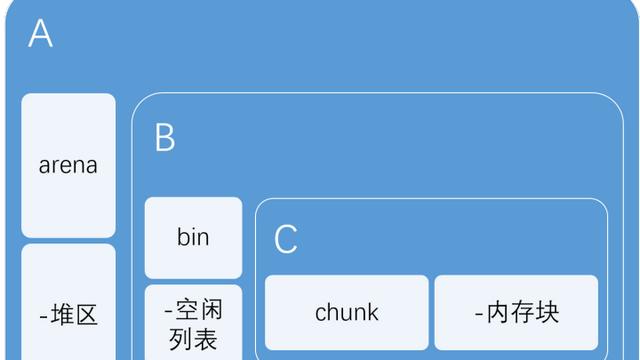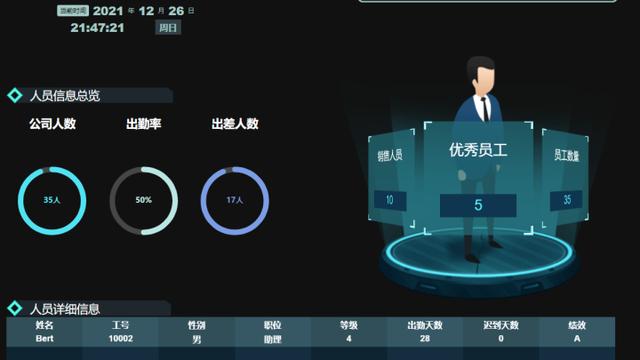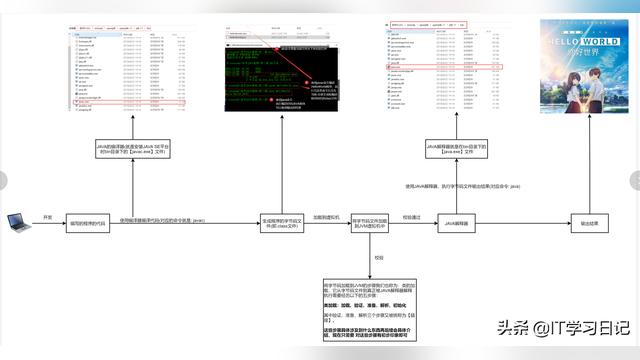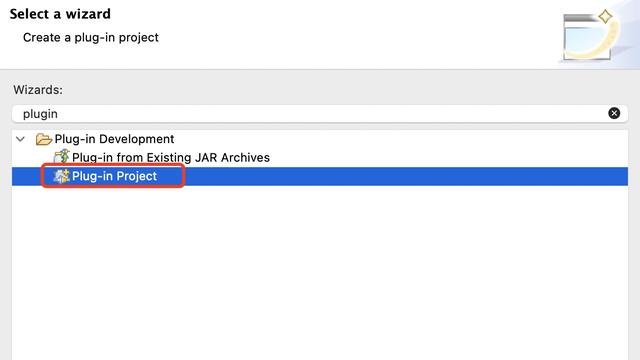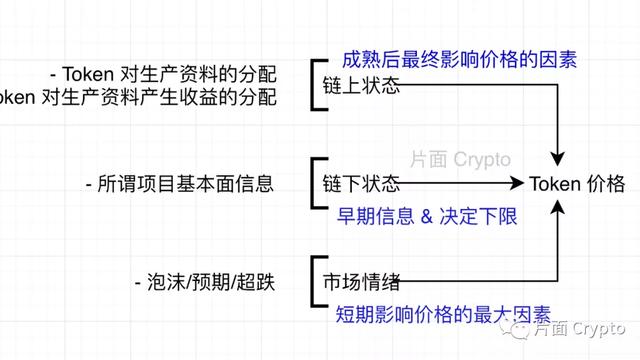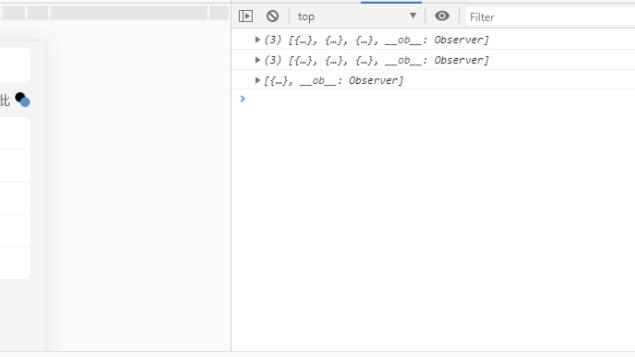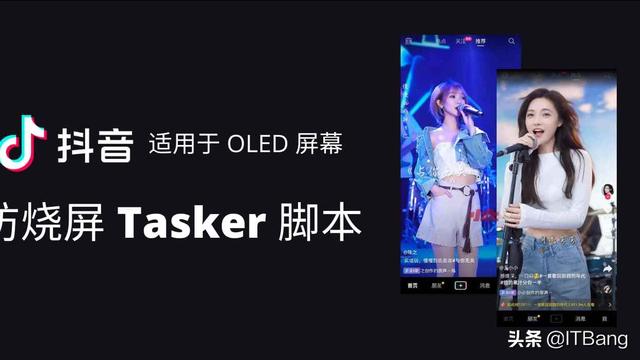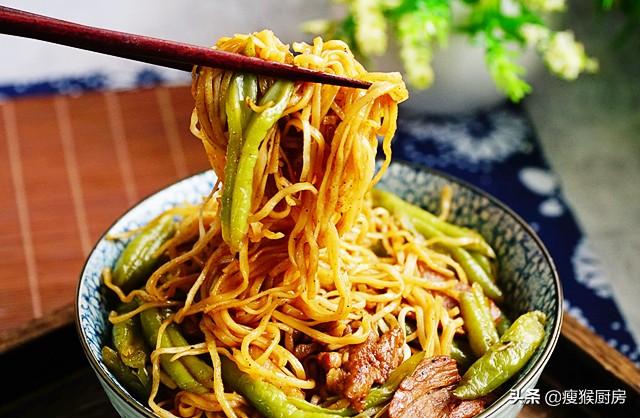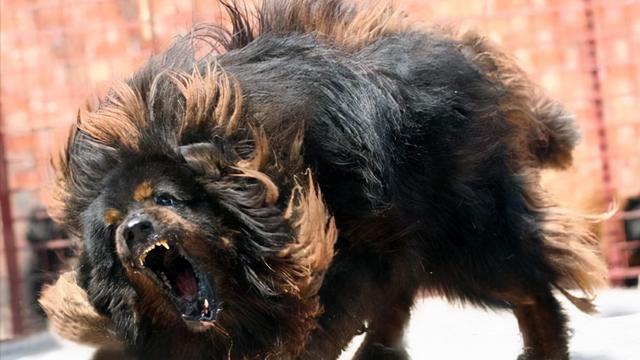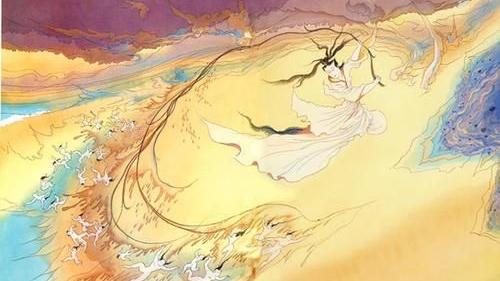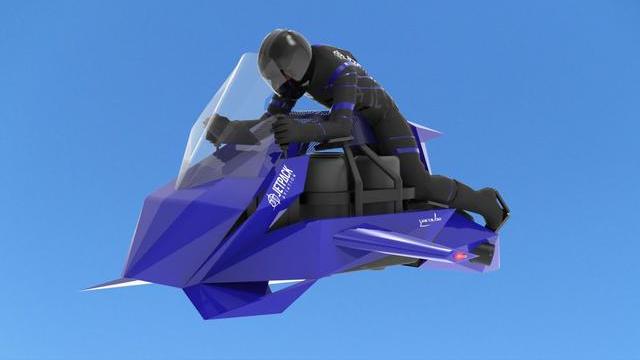在我们介绍目标物体检测算法时,前期小编的文章也分享了很多目标检测算法,比如YOLO, Faster RCNN等,喜欢目标检测的小伙伴们可以参考往期的文章学习,本期的文章代码也 在往期文章中有较多的介绍。前几天刚听说YOLO V4的出现打破了YOLO系列作者不更新目标检测算法的新闻,突然又听说YOLO V5已经出现,且检测速度与精度有了较大的提高。不得不说现在的节奏太快,一不留神,我们就错过了很多。目标检测算法YOLO V3算是当今最受大家喜欢,且检测速度与精度都有很大的优势,这里我们利用YOLO V3目标检测算法来进行人物的检测,并计算人与人之间的距离
目标检测
首先我们建立一个目标检测函数来检测人物
from scipy.spatial import distance as dist
import numpy as np
import cv2
import os
def detect_people(frame, net, ln, personIdx=0):
(H, W) = frame.shape[:2]
results = []
blob = cv2.dnn.blobFromImage(frame, 1 / 255.0, (416, 416), swapRB=True, crop=False)
net.setInput(blob)
layerOutputs = net.forward(ln)
boxes = []
centroids = []
confidences = []
from scipy.spatial import distance as dist欧拉距离,主要用于质心之间的距离计算
detect_people(frame, net, ln, personIdx=0)这里接受四个参数
frame:从视频帧中提取的图片帧,用于后期的目标检测
net:基于yolo v3的目标检测算法的神经网络
ln:我们提取yolo v3输出层的神经网络,用于神经网络的前向传播的输入层,便于进行目标检测
personIdx:神经网络检测到人的目标的索引
(H, W) = frame.shape[:2]:获取视频帧图片的尺寸
blob = cv2.dnn.blobFromImage(frame, 1 / 255.0, (416, 416), swapRB=True, crop=False)
net.setInput(blob)
layerOutputs = net.forward(ln)
此三行代码便是yolo v3目标检测算法的核心代码了,我们计算图片的blob值
放入神经网络进行预测,并把输出层进行反向传播进行目标的预测
for output in layerOutputs:
for detection in output:
scores = detection[5:]
classID = np.argmax(scores)
confidence = scores[classID]
if classID == personIdx and confidence > 0.5:
box = detection[0:4] * np.array([W, H, W, H])
(centerX, centerY, width, height) = box.astype("int")
x = int(centerX - (width / 2))
y = int(centerY - (height / 2))
boxes.Append([x, y, int(width), int(height)])
centroids.append((centerX, centerY))
confidences.append(float(confidence))
神经网络检测完成后,所有检测结果放置在layerOutputs里面
通过for循环遍历出每个目标的置信度,我们只提取目标为人且置信度大于0.5的目标,其它目标直接忽略
box = detection[0:4] * np.array([W, H, W, H])
(centerX, centerY, width, height) = box.astype("int")
x = int(centerX - (width / 2))
y = int(centerY - (height / 2))
当检测到我们需要的目标时,我们记录其目标的中心(质心)坐标值以及目标box,并保存
idxs = cv2.dnn.NMSBoxes(boxes, confidences, 0.3, 0.3)
if len(idxs) > 0:
for i in idxs.flatten():
(x, y) = (boxes[i][0], boxes[i][1])
(w, h) = (boxes[i][2], boxes[i][3])
r = (confidences[i], (x, y, x + w, y + h), centroids[i])
results.append(r)
return results
由于人在移动过程中,很容易拍到的图片2个人有重合的区域,这里使用非极大值抑制(NMS)算法,进行目标的低置信度的筛选
最后,我们把检测到的目标box,目标质心坐标,以及置信度保存到results中便于后期的运算
初始化神经网络
labelsPath = os.path.sep.join(["yolo-coco", "coco.names"])
LABELS = open(labelsPath).read().strip().split("n")
weightsPath = os.path.sep.join(["yolo-coco", "yolov3.weights"])
configPath = os.path.sep.join(["yolo-coco", "yolov3.cfg"])
net = cv2.dnn.readNetFromDarknet(configPath, weightsPath)
ln = net.getLayerNames()
ln = [ln[i[0] - 1] for i in net.getUnconnectedOutLayers()]
vs = cv2.VideoCapture("123.mp4")
#vs=cv2.VideoCapture(0)打开摄像头
目标检测函数完成后,需要初始化神经网络,这里直接使用opencv的dnn.readNetFromDarknet来加载yolo v3模型
ln = [ln[i[0] - 1] for i in
net.getUnconnectedOutLayers()]来提取神经网络的输出层,为什么这里需要提取输出层,小伙伴们可以参考往期文章
这里为了演示,直接打开一段视频来进行神经网络的检测
进行目标检测,并计算目标距离
while True:
# read the next frame from the file
(grabbed, frame) = vs.read()
# if the frame was not grabbed, then we have reached the end
# of the stream
if not grabbed:
break
# resize the frame and then detect people (and only people) in it
frame = imutils.resize(frame, width=700)
results = detect_people(frame, net, ln,personIdx=LABELS.index("person"))
# initialize the set of indexes that violate the minimum social
# distance
violate = set()
# ensure there are *at least* two people detections (required in
# order to compute our pairwise distance maps)
if len(results) >= 2:
# extract all centroids from the results and compute the
# Euclidean distances between all pairs of the centroids
centroids = np.array([r[2] for r in results])
D = dist.cdist(centroids, centroids, metric="euclidean")
# loop over the upper triangular of the distance matrix
for i in range(0, D.shape[0]):
for j in range(i + 1, D.shape[1]):
# check to see if the distance between any two
if D[i, j] < 50:
violate.add(i)
violate.add(j)
for (i, (prob, bbox, ce
(cX, cY) = centroid
color = (0, 255, 0)
if i in violate:
color = (0, 0, 255)
cv2.rectangle(frame, (startX, startY), (endX, endY), color, 2)
cv2.circle(frame, (cX, cY), 5, color, 1)
text = " Distancing: {}".format(len(violate))
cv2.putText(frame, text, (10, frame.shape[0] - 25),
cv2.FONT_HERSHEY_SIMPLEX, 0.85, (0, 0, 255), 3)
if 1 > 0:
cv2.imshow("Frame", frame)
key = cv2.waitKey(1) & 0xFF
if key == ord("q"):
break
cv2.stop()
cv2.destroyAllwindows()
当打开视频后,实时提取视频帧中的图片,并resize图片,这里为了进行更快的目标检测
results = detect_people(frame, net, ln,personIdx=LABELS.index("person"))使用前面的目标检测函数进行人物的目标检测
当获取了目标信息后,我们要确保视频帧中要多于2个人的存在,因为这样距离计算才有意义
centroids = np.array([r[2] for r in results])
D = dist.cdist(centroids, centroids, metric="euclidean")
当检测到目标后,我们提取所有目标的质心,并计算每个质心之间的欧拉距离
for i in range(0, D.shape[0]):
for j in range(i + 1, D.shape[1]):
if D[i, j] < 50:
violate.add(i)
violate.add(j)
通过for循环来判断是否存在质心距离小于设置值的质心,并记录质心的索引
for (i, (prob, bbox, centroid)) in enumerate(results):
(startX, startY, endX, endY) = bbox
(cX, cY) = centroid
color = (0, 255, 0)
if i in violate:
color = (0, 0, 255)
为了便于区分,当2个质心的间距小于设置值时,我们更改为红色颜色框,相反,其他的设置为绿色框
最后,实时把数据以及box显示在视频中
说在最后
本期主要使用yolo v3来实时进行图片帧的人物检测,并计算质心的距离,这样的方式导致了大量计算都是在神经网络的目标检测上,因为每帧视频都要进行一次目标的检测与质心的运算
当然你的电脑配置够好的话,可以参考这样的设计
我们这里提供另外一个方式,就是质心追踪与质心运算,感兴趣的小伙伴可以参考小编的专栏
《打造属于自己的天眼目标追踪系统》
本专栏详细介绍了目标的质心追踪与目标的质心距离运算,以及其他更多的目标追踪技术,由于我们采用目标质心追踪算法,不在用大量的资源来进行神经网络的检测,更好更快的来达到了我们的目的
通过质心的目标追踪算法来搭配质心距离的计算,能够更好的运行本期的代码

专栏
作者:人工智能研究所


